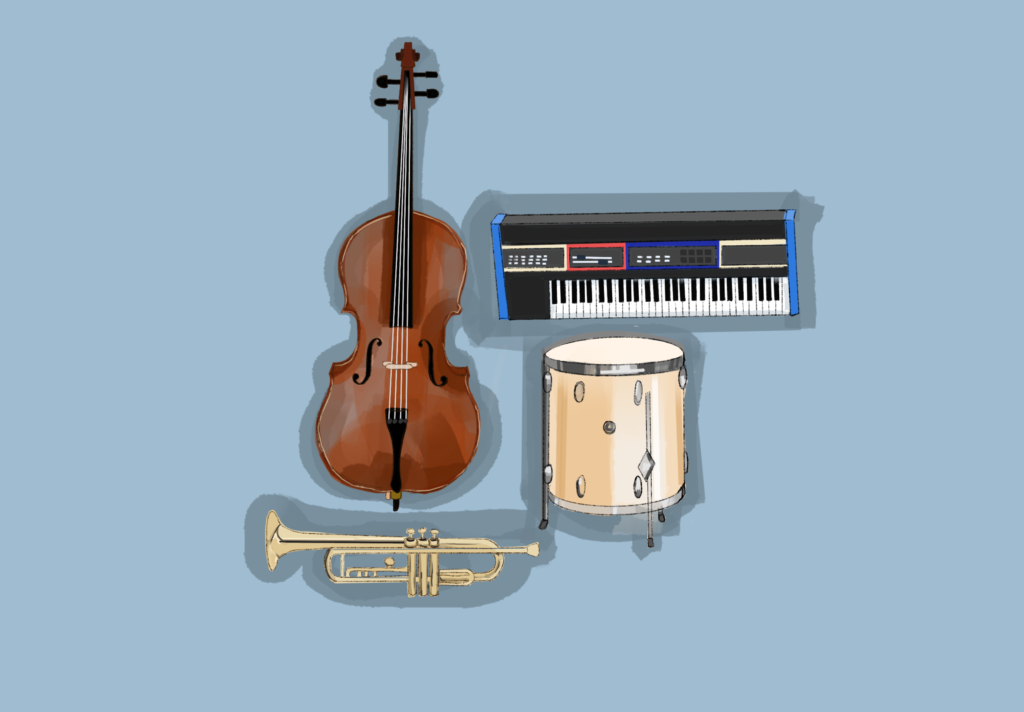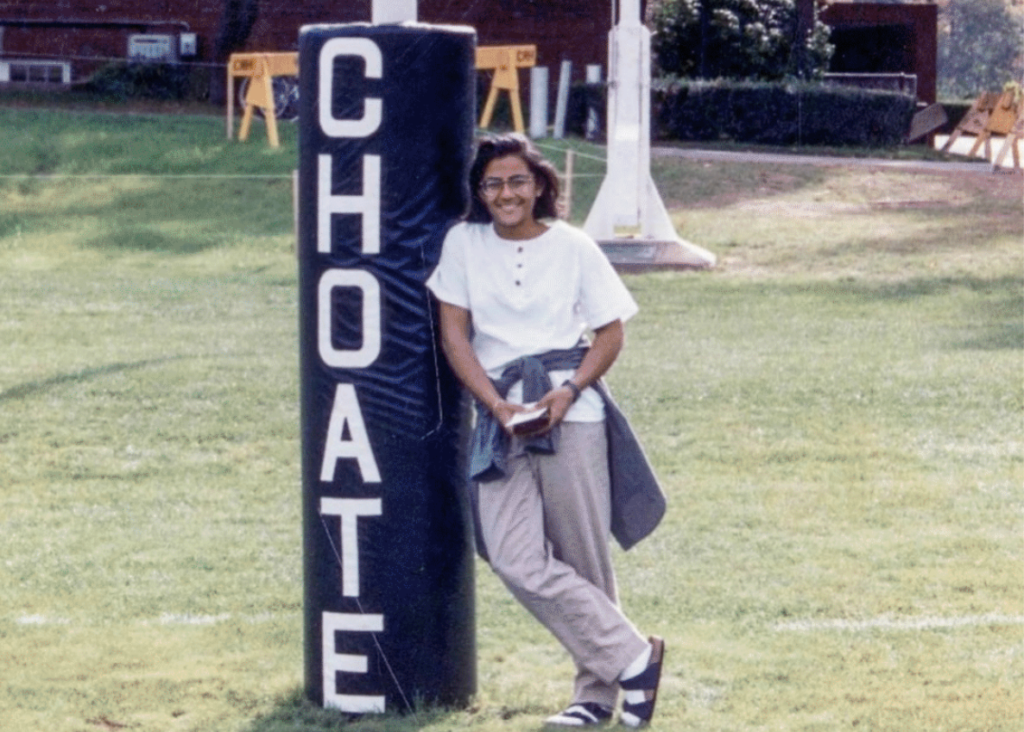By Dana Chung ’26
Choate students delve into various realms of art history through the Arts Department’s three art history classes: Ancient World in the Fall, Sacred and Secular in the Winter, and Making the Modern World in the Spring. In the Ancient World course, students explore visual art and architecture created up until the medieval period. During the winter term, the focus shifts to studying a wide range of religious and non-religious artistic traditions from around the world between the 15th and 18th centuries. In the spring, the course then turns its attention to contemporary and modern art.
By examining humanity’s creative and cultural achievements from prehistory to the modern day, Choate students in the course gain a rich understanding of art, philosophy, architecture, sculpture, and literature. Art history students are graded on both their class participation and art history essays assigned four times a term.
Logan Dubuc ’26, a student in the Sacred and Secular course, stated that her favorite part of the class was learning about new aspects of art history since she was unversed in the Romantic movement before taking the course. Dubuc also touched on how her Art History teacher Mr. Bill Lustenader goes very in-depth with each subject the course tackles.
When describing what a typical class looks like, Dubuc shared, “We are in the PMAC (Paul Mellon Arts Center), Mr. Lustenader would come in, and it was a lecture-style class, so he would have a lot of slides with paintings and artists. He would go into depth about the meaning of the paintings when they were created, and what they meant.”
Through the chronological progression of exploring art movements, Choate students in the course can develop a “different sensibility they might not get with other kinds of history courses,” Mr. Lustenader explained. “You’re learning connoisseurship, how you look at art, how you interpret art, and through that, you learn the history around it, rather than just studying history.”
Mr. Lustenader has been teaching art history at Choate since 1994, and he started as an American Art instructor for the History, Philosophy, Religion, and Social Sciences (HPRSS) Department. Since then, he has been filling in for teachers on medical leave and giving independent lectures at Choate and at three universities. When he is not teaching art history, Mr. Lustenader works as a professional artist.
Mr. Lustenader loves teaching art history because it provides explicit insight into political and social history, both of which are important facets of understanding the evolution of human civilization. Art history classes teach students that man-made creations directly reflect the world around them.




